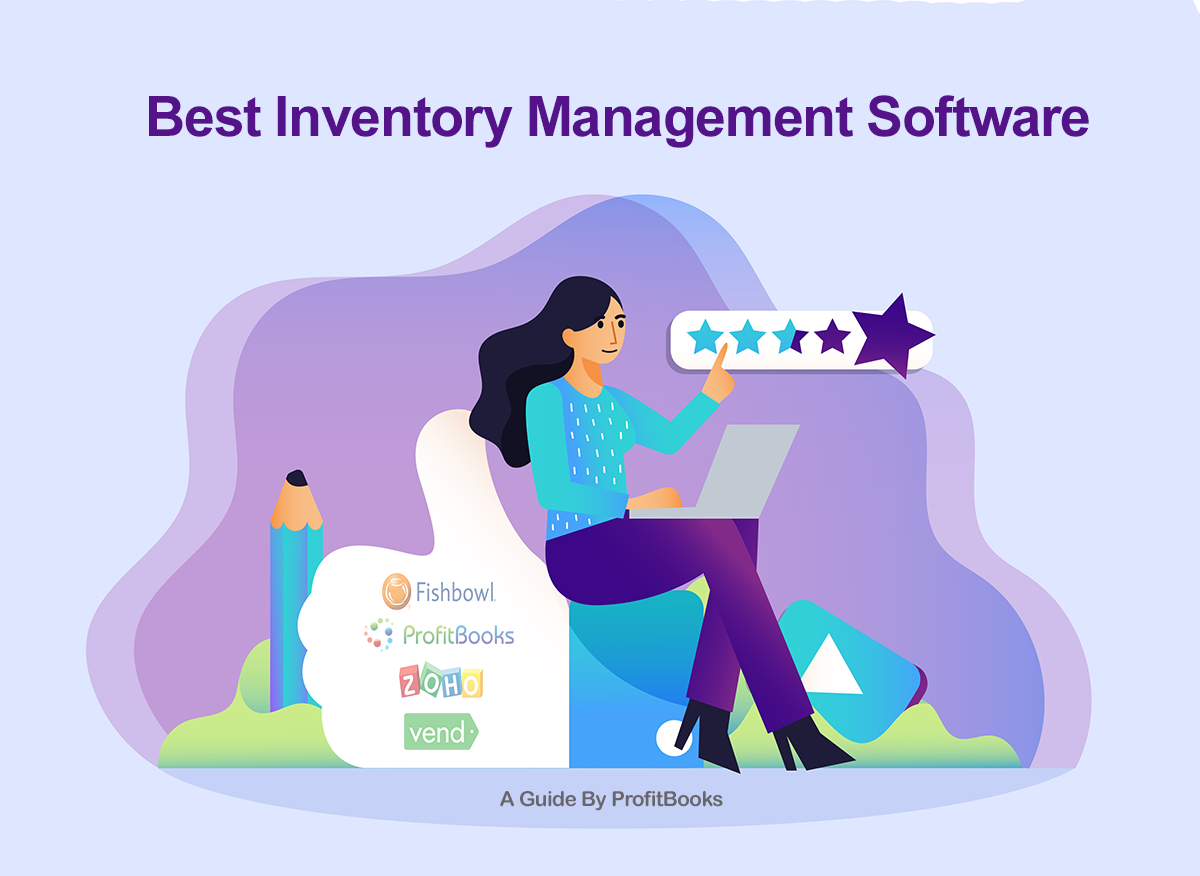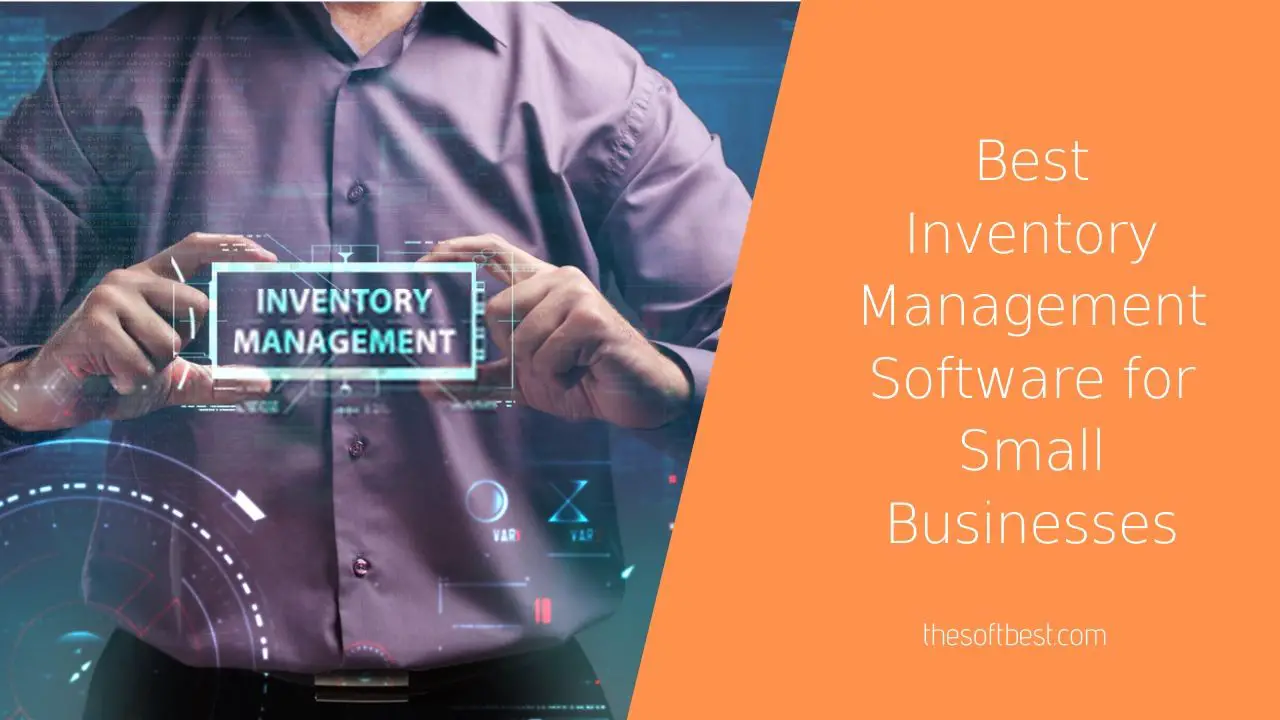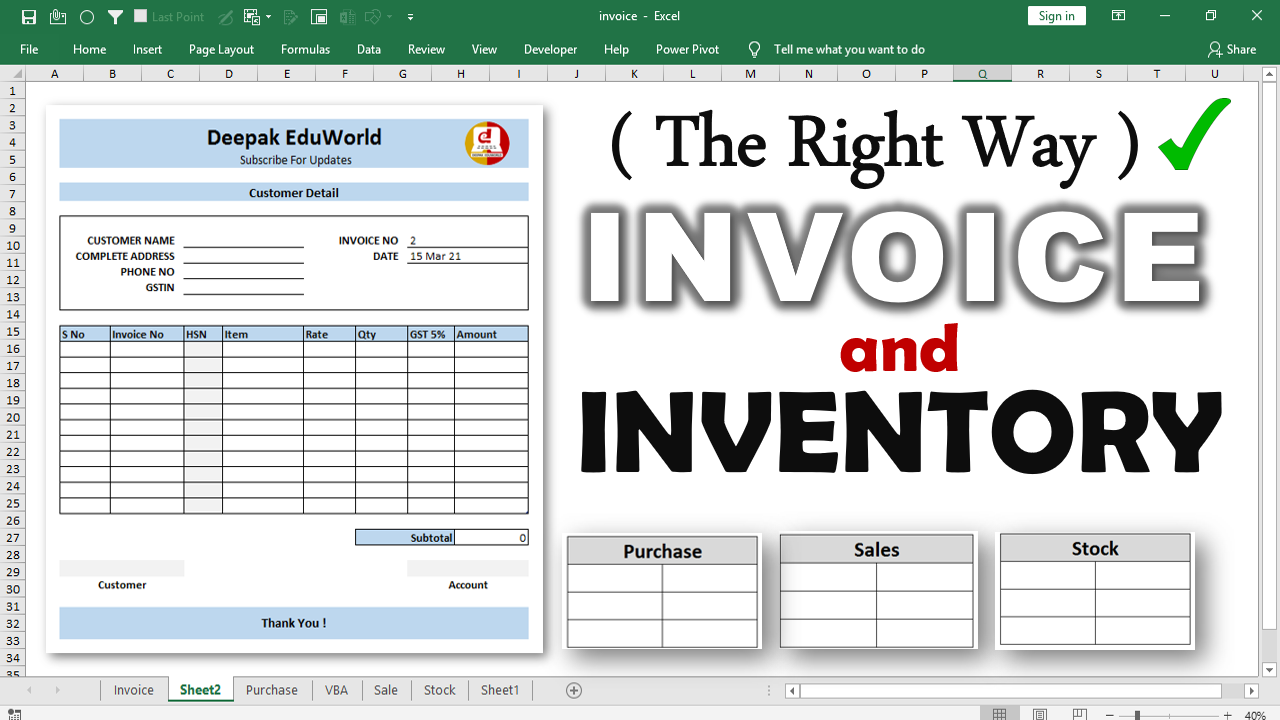Inventory and invoice software for small businesses is a game-changer, offering a comprehensive solution to streamline your operations and boost your bottom line. These powerful tools empower you to manage inventory, create invoices, track payments, and generate reports with ease, saving you time, reducing errors, and driving growth.
From cloud-based solutions to mobile apps, there’s an inventory and invoice software tailored to meet your specific needs. Whether you’re a startup or an established business, these tools can help you streamline your processes, increase efficiency, and achieve success.
Overview of Inventory and Invoice Software for Small Businesses
Inventory and invoice software is a valuable tool for small businesses to streamline their operations, improve efficiency, and gain valuable insights into their business performance. This software automates many of the time-consuming and error-prone tasks associated with inventory management and invoicing, freeing up small business owners to focus on more strategic initiatives.
Inventory management software helps businesses track their inventory levels, manage stock, and optimize their supply chain. By providing real-time visibility into inventory levels, businesses can avoid overstocking or understocking, reduce waste, and improve customer satisfaction by fulfilling orders more efficiently.
Invoice software automates the process of creating, sending, and tracking invoices. This can save businesses significant time and effort, and it can also help to improve cash flow by ensuring that invoices are sent out promptly and accurately.
Key Features and Capabilities to Look for in Inventory and Invoice Software
When choosing inventory and invoice software, it is important to consider the following key features and capabilities:
- Inventory management features: These features should include the ability to track inventory levels, manage stock, and generate reports.
- Invoicing features: These features should include the ability to create, send, and track invoices, as well as accept online payments.
- Integration with other business systems: The software should be able to integrate with other business systems, such as accounting software and CRM systems.
- Ease of use: The software should be easy to use, even for non-technical users.
- Affordability: The software should be affordable for small businesses.
Types of Inventory and Invoice Software

Inventory and invoice software solutions come in various types, each offering distinct advantages and disadvantages. Understanding the different types available can help small businesses select the software that best suits their specific needs and requirements.
Cloud-Based Software
Cloud-based inventory and invoice software is hosted on remote servers, allowing users to access their data and applications from any device with an internet connection.
Advantages:
– Accessibility: Accessible from anywhere, eliminating the need for on-site servers.
– Scalability: Easily adapts to changing business needs, allowing for quick expansion or downsizing.
– Cost-effective: Lower upfront costs compared to on-premises solutions, as there is no need for hardware or maintenance.
Disadvantages:
– Internet dependency: Requires a stable internet connection for seamless operation.
– Security concerns: Data stored on third-party servers may raise security concerns.
Examples:
– QuickBooks Online
– Xero
– Zoho Inventory
On-Premises Software
On-premises inventory and invoice software is installed and run on the business’s own servers.
Advantages:
– Data control: Full control over data storage and security.
– Customization: Can be customized to meet specific business requirements.
– No internet dependency: Operates independently of internet connectivity.
Disadvantages:
– High upfront costs: Requires significant investment in hardware, software, and maintenance.
– Limited accessibility: Access is restricted to devices connected to the on-premises network.
– Scalability limitations: Expansion or downsizing requires physical hardware upgrades.
Examples:
– Microsoft Dynamics GP
– Sage 50cloud
– SAP Business One
Mobile Apps
Mobile inventory and invoice software applications are designed for smartphones and tablets, allowing users to manage inventory and invoicing tasks on the go.
Advantages:
– Real-time updates: Provides instant access to inventory and invoice data from anywhere.
– Increased efficiency: Streamlines processes, such as stocktaking and invoicing, saving time.
– Improved customer service: Enables quick response to customer inquiries and order fulfillment.
Disadvantages:
– Limited functionality: May not offer the same comprehensive features as desktop software.
– Data security: Ensuring data security on mobile devices can be challenging.
– Device dependency: Relies on the availability and functionality of the mobile device.
Examples:
– Square Point of Sale
– Invoice2go
– FreshBooks Mobile App
Features to Consider When Choosing Inventory and Invoice Software

Choosing the right inventory and invoice software for your small business is crucial for streamlining your operations and boosting efficiency. Consider the following key features when making your decision:
Inventory Tracking
- Real-time inventory updates to prevent overselling and stockouts
- Automated stock level alerts to trigger reorders when necessary
- Multiple warehouse or location management capabilities
Invoicing
- Professional invoice templates with customizable fields
- Automated invoice generation and sending
- Online payment processing integrations for seamless transactions
Reporting
- Comprehensive sales reports for tracking revenue and performance
- Inventory reports for analyzing stock levels and optimizing purchasing
- Customizable reporting options to meet specific business needs
Integrations
- Seamless integration with accounting software for accurate financial tracking
- E-commerce platform integrations for automated order fulfillment
- Shipping carrier integrations for efficient order processing
Customization Options
Look for software that allows you to customize fields, templates, and reports to match your specific business processes. This flexibility ensures the software aligns with your unique requirements and optimizes its functionality for your operations.
Evaluating Features, Inventory and invoice software for small business
To evaluate the features of different software solutions, consider the following tips:
- Identify Your Business Needs: Determine the specific functions and features that are essential for your business operations.
- Read Reviews and Testimonials: Seek feedback from other businesses that have used the software to gain insights into its functionality and reliability.
- Request a Demo: Most software vendors offer free demos that allow you to experience the software firsthand and ask questions.
- Consider Scalability: Choose software that can accommodate your business’s growth and evolving needs.
Benefits of Using Inventory and Invoice Software
Inventory and invoice software offers numerous advantages that can help small businesses thrive. By streamlining inventory management and invoicing processes, these tools empower businesses to enhance efficiency, boost sales, and reduce costs.
Improved Inventory Management
Inventory and invoice software provides real-time visibility into inventory levels, enabling businesses to make informed decisions about stock replenishment. By tracking inventory movement, businesses can identify slow-moving items, optimize stock levels, and prevent overstocking or stockouts.
Increased Sales
By streamlining the invoicing process, inventory and invoice software can help businesses close deals faster. Automated invoicing reduces errors and delays, ensuring that customers receive invoices promptly. Additionally, these tools offer features such as online payment processing, which can accelerate cash flow and improve customer satisfaction.
Reduced Costs
Inventory and invoice software can significantly reduce operational costs. By eliminating manual processes, businesses can save time and labor costs. Automated inventory management helps prevent overstocking, reducing storage and carrying costs. Additionally, these tools can optimize shipping and delivery processes, leading to lower logistics expenses.
Return on Investment (ROI)
The ROI associated with inventory and invoice software can be substantial. By improving inventory management, businesses can reduce inventory carrying costs, optimize stock levels, and prevent losses due to overstocking or stockouts. Automated invoicing reduces labor costs and improves cash flow, leading to increased profitability. The cost savings and efficiency gains from using inventory and invoice software can quickly justify the initial investment.
Case Studies and Success Stories
Inventory and invoice software has proven to be a game-changer for numerous small businesses, empowering them to streamline their operations and enhance their bottom line. Let’s delve into some real-world case studies to illustrate the transformative impact of this technology:
Small Boutique’s Inventory Management Triumph
A small boutique struggled to manage its inventory effectively, leading to lost sales and wasted resources. By implementing inventory and invoice software, the boutique gained real-time visibility into its stock levels, allowing for accurate forecasting and optimal ordering. The software also automated the invoice process, saving time and reducing errors.
- Improved inventory accuracy by 95%, minimizing stockouts and overstocking.
- Reduced inventory holding costs by 20%, optimizing cash flow and profitability.
- Streamlined invoice processing, freeing up staff to focus on customer service and sales.
Final Wrap-Up

Investing in inventory and invoice software is a smart move for small businesses looking to optimize their operations, improve customer satisfaction, and drive profitability. By embracing these tools, you can gain a competitive edge, focus on growth, and take your business to new heights.
FAQ Summary
What are the key features to look for in inventory and invoice software?
Inventory tracking, invoicing, reporting, payment processing, and integrations with other business systems.
What are the benefits of using inventory and invoice software?
Improved inventory management, increased sales, reduced costs, and enhanced customer satisfaction.
How do I choose the right inventory and invoice software for my business?
Consider your business needs, the number of transactions, the level of customization required, and your budget.
How much does inventory and invoice software cost?
Pricing varies depending on the features and capabilities offered, but there are affordable options available for small businesses.
Is inventory and invoice software easy to use?
Yes, most inventory and invoice software solutions are user-friendly and offer intuitive interfaces.